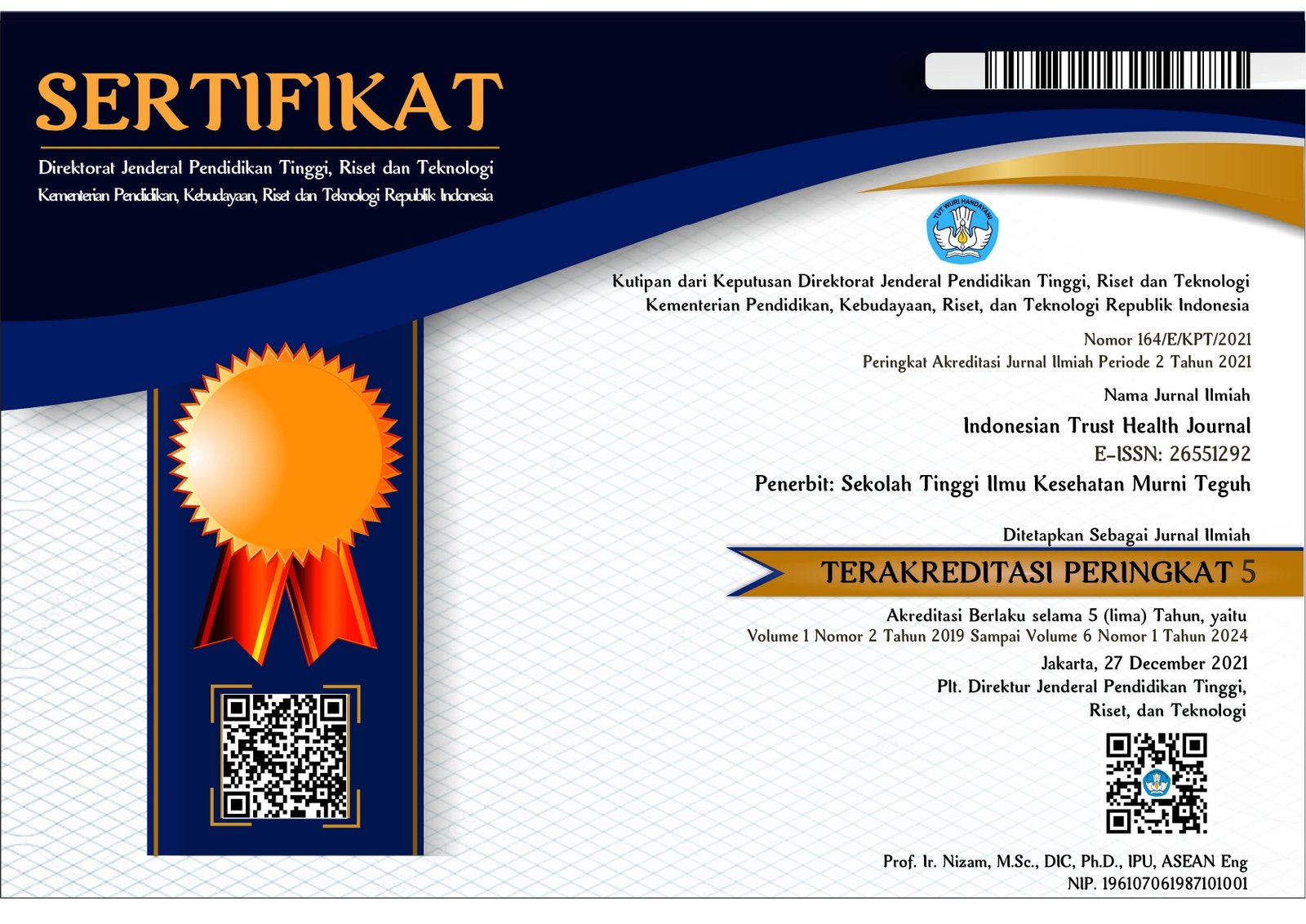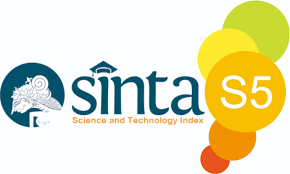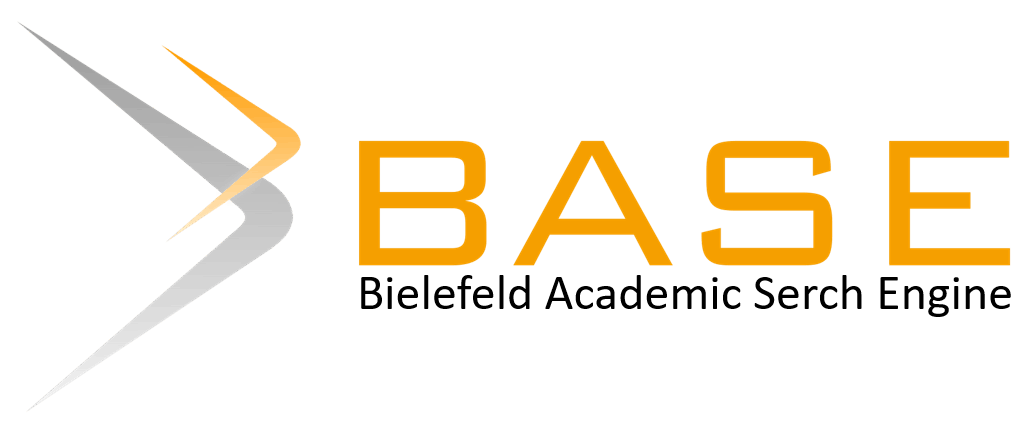LAMA PAPARAN ARSENIK TERHADAP TUMBUH KEMBANG ANAK BALITA DI KAWASAN GEOTHERMAL IE SEU’EUM KECAMATAN MESJID RAYA KABUPATEN ACEH BESAR
Abstract
Ie Seu'um is one of the manifestations of hot springs in the Seulawah Agam volcanic system which is located in Mesjid Raya District, Aceh Besar Regency. This area is a residential, agricultural, livestock and ecotourism area. Analysis of arsenic levels in water and sediment samples in this area was found to be 16 times higher than the quality standard. Water sources used daily by residents are contaminated with arsenic above quality standards. Arsenic is a very toxic metalloid. Exposure to arsenic in the body can have toxic effects on cells and tissues and cause growth and development disorders in children under five. The incidence of stunting among children in Mesjid Raya District, Aceh Besar Regency exceeds the national average, reaching 25.9%. This research aims to determine the duration of exposure to arsenic on the growth and development of children under five who live in the Ie Seu'um geothermal area. This research is a quantitative research with a cross sectional research design. The respondents in this study were all 156 children aged 0 - 60 months under five in Ie Seu'eum Village and Meunasah Mon Village, Mesjid Raya District, Aceh Besar Regency. Sampling uses purposive sampling technique. Growth was measured by measuring body weight, height and coconut circumference. Development measurement is carried out using the SDITK form. Ethical Clearance was obtained from the Health Research Ethics Committee (KEPK) of the Aceh Ministry of Health Polytechnic. The results of the study showed that there was an effect of the length of exposure to arsenic on the growth of toddlers, p=0.046. The length of exposure also had an effect on the development of children under five. The length of exposure to arsenic had an effect on the development of toddlers (p=0.039). The longer a toddler is exposed to water contaminated with arsenic, the greater the chance that the toddler will experience growth and development disorders.
Abstrak
Ie Seu’um merupakan salah satu manifestasi mata air panas pada sistem gunung api Seulawah Agam yang terletak di Kecamatan Mesjid Raya, Kabupaten Aceh Besar. Kawasan ini dimanfaatkan sebagai area pemukiman, pertanian, peternakan, dan ekowisata. Analisis kadar arsenik pada sampel air, sedimen, dan rambut WUS di daerah manifestasi geotermal Ie Seu’um ditemukan kadar arsenik 16 kali lebih tinggi dari baku mutu. Sumber air yang digunakan sehari-hari oleh penduduk tercemar arsenik di atas baku mutu. Arsenik merupakan metaloid yang sangat beracun. Paparan arsenik pada tubuh dapat menimbulkan efek toksik pada sel dan jaringan dan menyebabkan gangguan pertumbuhan dan perkembangan pada anak balita. Kejadian stunting pada anak di Kecamatan Mesjid Raya Kabupaten Aceh Besar melebihi rata-rata Nasional, yaitu mencapai 25,9%. Penelitian ini bertujuan untuk mengetahui lamanya paparan arsenik terhadap pertumbuhan dan perkembangan anak balita yang bermukim di Kawasan geothermal Ie Seu’um. Penelitian ini merupakan penelitian kuantitatif dengan desain penelitian cross sectional. Responden dalam penelitian ini adalah semua anak balita berumur 0-60 bulan berjumlah 156 anak yang berada di Desa Ie Seu’eum dan Desa Meunasah Mon, Kecamatan Mesjid Raya, Kabupaten Aceh Besar. Pengambilan Sampel menggunakan teknik purposive sampling. Pengukuran pertumbuhan melalui pengukuran berat badan, tinggi badan dan lingkar kelapa. Pengukuran perkembangan dilakukan menggunakan formulir SDITK. Ethical Clearance diperoleh dari Komite Etik Penelitian Kesehatan (KEPK) Poltekkes Kemenkes Aceh. Hasil penelitian menunjukkan Terdapat pengaruh lama paparan arsenik terhadap pertumbuhan balita p=0,046, Lama paparan juga berpengaruh terhadap perkembangan anak balita Lama paparan arsenik berpengaruh terhadap perkembangan balita (p=0,039). Semakin lama balita terpapar dengan air yang tercemar arsenik, semakin besar kemungkinagn mengalami gangguan pertumbuhan dan perkembangan.
References
2. Marwan, M., Yanis, M., Idroes, R. & Ismail, N. (2019). 2D Inversion and static shift of mt and tem data for imaging the geothermal resources of seulawah agam volcano, INDONESIA. Int. J. GEOMATE 17, 173–180.
3. Irnawati, I. et al. (2021). Assessment of Arsenic Levels in Water , Sediment , and Human. Water MDPI 13(17), 23.
4. Habib, M. et al. (2019). Hepatoprotective role of swimming against arsenic induced oxidative stress in mice. J. King Saud Univ. - Sci. doi:10.1016/j.jksus.2019. 02.011.
5. Signes-Pastor, A. J. et al. (2022). Arsenic exposure and respiratory outcomes during childhood in the INMA study. PLoS One 17, 1–14.
6. Nurchi, V. M. et al. (2020). Arsenic toxicity: Molecular targets and therapeutic agents. Biomolecules 10.
7. Irnawati, I. et al. (2022), The effect and activity of free radical enzymes due to arsenic exposure through the vulva and vagina. 10, 2279–2285
8. Garbinski, L. D., Rosen, B. P. & Chen, J. (2019). Pathways of arsenic uptake and efflux. Environ. Int. 126, 585–597.
9. Hughes, M. F., Beck, B. D., Chen, Y., Lewis, A. S. & Thomas, D. J. (2011). Arsenic exposure and toxicology: A historical perspective. Toxicol. Sci. 123, 305–332.
10. Parmar, M. S. (2004). Clinical review. Can. Fam. Physician • Le Médecin Fam. Can. 328, 1420–1424.
11. Flora, S. (2018). Arsenic: Exposure, Toxicology, Use, and Misuse. Encyclopedia of the Anthropocene. Elsevier Inc. doi:10.1016/b978-0-12-809665-9.09884-0.
12. Giudice, L., Woodruff, T. & Conry, J. (2017). Reproductive and developmental environmental health. Obstet. Gynaecol. Reprod. Med. 27, 99–101..
13. Kordas, K. et al. (2018). Multiple-metal exposure, diet, and oxidative stress in Uruguayan school children. Environ. Res. 166, 507–515.
14. Wasserman, G. A. et al. (2019). Child intelligence and reductions in water arsenic and manganese: A two-year follow-up study in Bangladesh. Environ. Health Perspect. 124, 1114–1120.
Copyright (c) 2024 Indonesian Trust Health Journal

This work is licensed under a Creative Commons Attribution 4.0 International License.
















